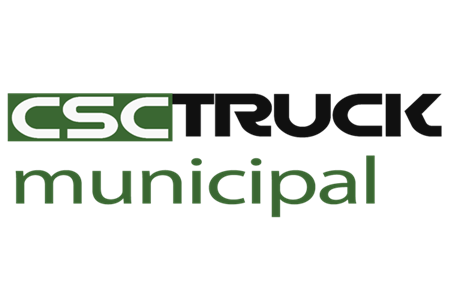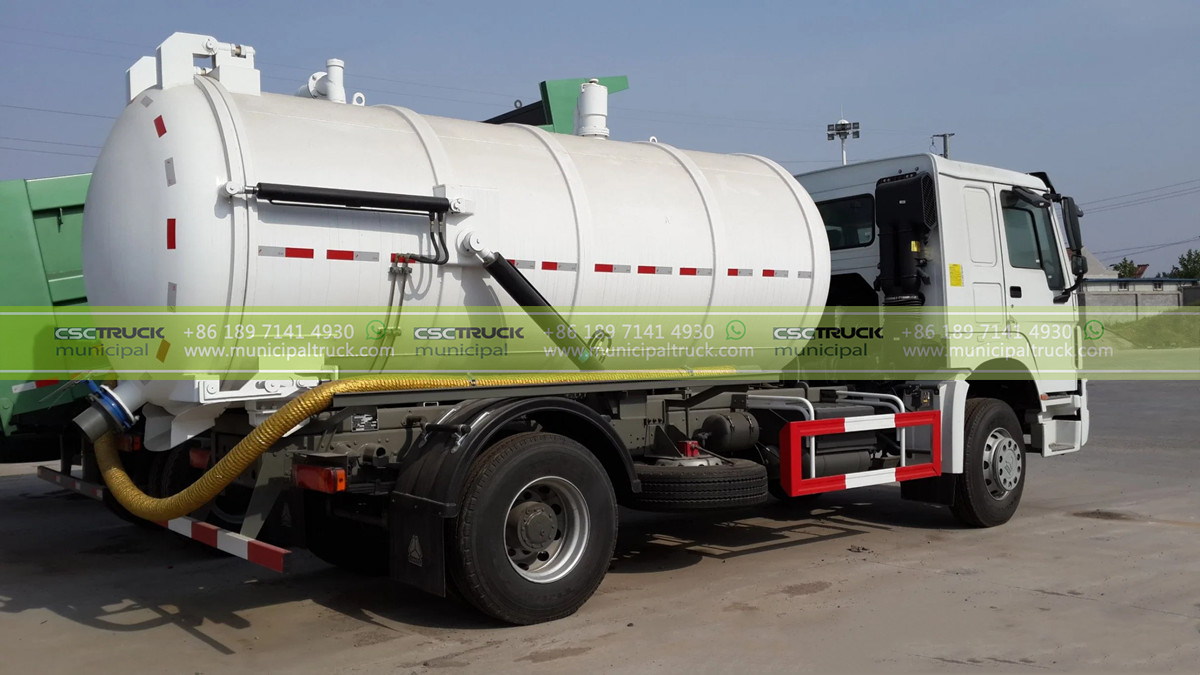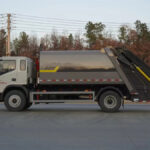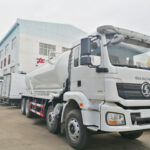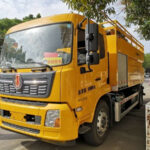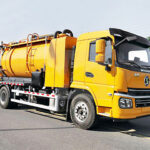Strategic Overhaul of Coastal Sanitation Infrastructure
Amid accelerating marine plastic leakage threatening Bali’s UNESCO-designated Coral Triangle Zone, the Provincial Environmental Agency has commissioned eight high-capacity vacuum sewer trucks through a Rp 920 billion ($62 million) alliance between CSCTRUCK Municipal and Bali Eco Solutions Group (BESG), Indonesia’s largest island-specific waste management consortium. This intervention targets Sanur Beach’s critical vulnerabilities—where 2.3 million annual tourists and monsoon-driven tidal surges deposit 18 tonnes of microplastics monthly into coastal waters, overwhelming conventional drainage systems.
The CSCTRUCK VST-3600 fleet, operational ahead of Bali’s August peak tourism season, features submarine-grade suction systems capable of extracting 3,600 liters of sand-entrenched debris per minute from 18th-century drainage canals bordering the sacred Pura Blanjong temple complex. Equipped with multi-phase filtration isolating microplastics as small as 0.3 mm, each truck processes 45 tonnes daily while complying with Balinese Hindu prohibitions against mechanical noise exceeding 65 dB during dawn purification rituals. “This technology reconciles modern environmental science with our Tri Hita Karana philosophy of ecological balance,” stated Governor I Wayan Koster during the handover ceremony, noting the deployment’s alignment with Bali’s Net Zero Ocean Plastic 2030 mandate.
Engineering Precision for Tropical Coastal Operations
Tropical Climate Adaptation
Custom-engineered for Bali’s equatorial marine conditions—from 90% humidity to abrasive volcanic sand particulates—the trucks incorporate four proprietary CSCTRUCK systems:
- Titanium-silicon suction hoses resisting saltwater corrosion while flexing through 1.2-meter-wide heritage drainage channels
- Phase-change cooling modules preventing hydraulic fluid overheating during 34°C midday operations
- Monsoon-resistant vacuum seals maintaining 98 kPa suction force despite 70 km/h offshore winds
- Sacred site filtration automatically retaining temple offerings (canang sari) during sewer extraction
This configuration enables 22-hour continuous operations during Nyepi (Day of Silence) preparations when waste generation triples, with noise-dampened electric mode permitting discreet service near meditation retreats. Bali’s Udayana University validation tests confirmed 92% microplastic capture efficiency from hybrid waste streams mixing coconut husks, fishing gear fragments, and non-biodegradable packaging.
AI-Driven Conservation Logistics
Integrated with Bali’s Smart Island Grid, the fleet employs sacred geography algorithms that synchronize operations with:
- Real-time pilgrim density heatmaps at 46 beachside shrines
- Marine debris forecasts from the Indonesian Oceanographic Agency’s drift modeling
- Coral spawning cycles restricting vibrations near reef restoration zones
“Operators receive augmented reality overlays distinguishing ceremonial waste from pollutants,” explained BESG CTO Putu Wijaya, demonstrating how machine learning reduces unintended extraction of ritual materials by 83%. The system’s tidal prediction module pre-deploys trucks before monsoon surges inundate low-lying drainage networks in Sanur’s historic fishermen’s quarter.
Community-Linked Circular Economy Development
The CSCTRUCK-BESG partnership establishes Southeast Asia’s first Temple-Guided Waste Academy in Denpasar, training 120 Balinese technicians in sacred-compliant sanitation protocols through VR simulations of Melasti ritual beach cleanups. A groundbreaking circular economy model redirects recovered organic matter to regenerative seaweed farms in Nusa Penida, while microplastics are processed into construction materials for coastal erosion barriers—diverting 98% of collected waste from Bali’s overburdened Suwung landfill.
Quantified community impacts from the pilot phase include:
- Ritual preservation: 76% reduction in accidental disposal of ceremonial objects in drainage systems
- Livelihood enhancement: 45 new recycling kiosks managed by local banjar (village councils)
- Public health gains: 62% decrease in dengue cases linked to blocked sewers per Health Ministry data
- Tourism synergy: Luxury resorts fund priority sewer cleaning through plastic-offset levies
“These vacuum systems actualize our Subak-inspired resource sharing principles,” declared BESG CEO Nyoman Arthawa, referencing Bali’s ancient irrigation cooperatives. The fleet’s modular design allows rapid conversion into emergency flood response units during wet season overflows from the Petanu River estuary.
Archipelagic Technology Standardization
The Sanur initiative has catalyzed Indonesia’s National Blue Infrastructure Program, mandating replication of Bali’s sacred-compliant sanitation model across 17,508 islands. CSCTRUCK and BESG now co-develop specialized sewer cleaner truck variants for deployment in Raja Ampat’s marine protected areas, integrating hyperspectral cameras to differentiate coral rubble from debris. Concurrently, compact sewage truck prototypes undergo testing in Jakarta’s thousand-island archipelago, engineered to navigate houseboat communities’ narrow waterways while preventing cross-contamination between atoll ecosystems.
Localization agreements require 40% Balinese workforce participation in manufacturing by 2027, including artisan teams adapting traditional boat-building techniques for corrosion-resistant truck undercarriages. With pre-orders secured from Thailand’s Phuket and the Philippines’ Palawan, Bali’s fusion of cultural preservation with cutting-edge sewer management emerges as a replicable template for tropical island destinations globally.
This deployment supports Indonesia’s National Plastic Action Partnership targeting 70% marine plastic reduction by 2025. CSCTRUCK Municipal confirms next-generation sewer fleets will service Australia’s Great Barrier Reef communities and Maldives’ UNESCO Biosphere Reserves by Q2 2026.
